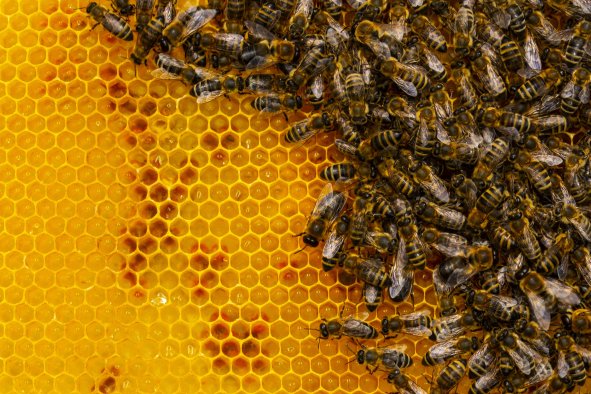The accelerating thaw of permafrost due to climate change could dramatically increase the risk of wildfires in Arctic and subarctic regions, according to new research published in Nature Communications.
The study reveals that these potential shifts in wildfire activity may have significant implications for carbon release and overall climate dynamics in the coming decades.
Permafrost, or ground that remains frozen year-round, is rapidly warming and thawing as global temperatures rise. This process could lead to drier conditions, particularly in the summer months, increasing the likelihood of wildfires.
The research utilized advanced climate models based on high greenhouse gas emissions scenarios to examine how permafrost thaw might influence wildfire patterns under both historical and future emission scenarios spanning from 1850 to 2100.
"Our key finding is that the rapid permafrost thaw results in an abrupt reduction in soil moisture, an increase in surface air temperature and a decline in relative humidity across the Arctic-subarctic region," the lead author of the study, In-Won Kim, told Newsweek.
She continued, "These climate conditions lead to rapid intensification of wildfires in western Siberia and Canada in the mid-to-end of the 21st century."
The study reveals that permafrost regions are projected to experience a significant thickening of the permafrost active layer—the uppermost layer of soil that thaws seasonally—and a sharp decline in soil ice content during the mid to late 21st century.
These changes are primarily driven by rising temperatures, which also lead to a reduction in soil moisture levels, which results from thawed water draining deeper into the ground, away from the surface, where it is no longer accessible to plants and ecosystems, leaving the topsoil dry and prone to ignition.
In addition, the warmer future climate scenarios are associated with lower relative humidity and higher surface air temperatures, compounding the effects of permafrost thawing. These drier conditions, particularly in high-latitude areas, are expected to intensify wildfire activity by the end of the century.
Canada and Siberia were identified as being most vulnerable to these effects. Both regions are already experiencing an uptick in wildfire activity as a consequence of climate change. In 2023 alone, wildfires torched 15 million hectares of land in Canada.
Wildfires in permafrost regions not only threaten local ecosystems, but also have far-reaching effects on global carbon cycles. Carbon-rich soils in these regions store vast amounts of organic material.
When wildfires burn through these areas, they release significant amounts of carbon dioxide and methane into the atmosphere, further accelerating global warming. This feedback loop—where rising temperatures lead to more fires, which in turn release more carbon—could potentially disrupt net carbon uptake and worsen the overall effects of climate change.
Highlighting uncertainty surrounding the effects of this feedback loop, Kim said, "Interactions between fire emissions and the atmospheric processes have not been fully integrated into earth system computer models yet. Further consideration of this aspect would be the next step."
As the world continues to warm, the study suggests that proactive measures to mitigate wildfire risks in these vulnerable regions will be crucial.
"It is imperative that greenhouse gas emissions are rapidly reduced through the reduction of fossil fuel usage and the implementation of renewable energy sources in order to avert the threat of abrupt soil drying, caused by the rapid permafrost thawing," Kim said.
"Furthermore, the monitoring of permafrost and the preservation of ecosystems across the Arctic regions are also regarded as crucial elements within the broader framework of fire management strategies."
Do you have a tip on a science story that Newsweek should be covering? Do you have a question about wildfires? Let us know via science@newsweek.com.
References
Kim, I.-W., Timmermann, A., Kim, J.-E., Rodgers, K. B., Lee, S.-S., Lee, H., & Wieder, W. R. (2024). Abrupt increase in Arctic-Subarctic wildfires caused by future permafrost thaw. Nature Communications, 15, 7868. https://doi.org/10.1038/s41467-024-51471-x
Disclaimer: The copyright of this article belongs to the original author. Reposting this article is solely for the purpose of information dissemination and does not constitute any investment advice. If there is any infringement, please contact us immediately. We will make corrections or deletions as necessary. Thank you.



